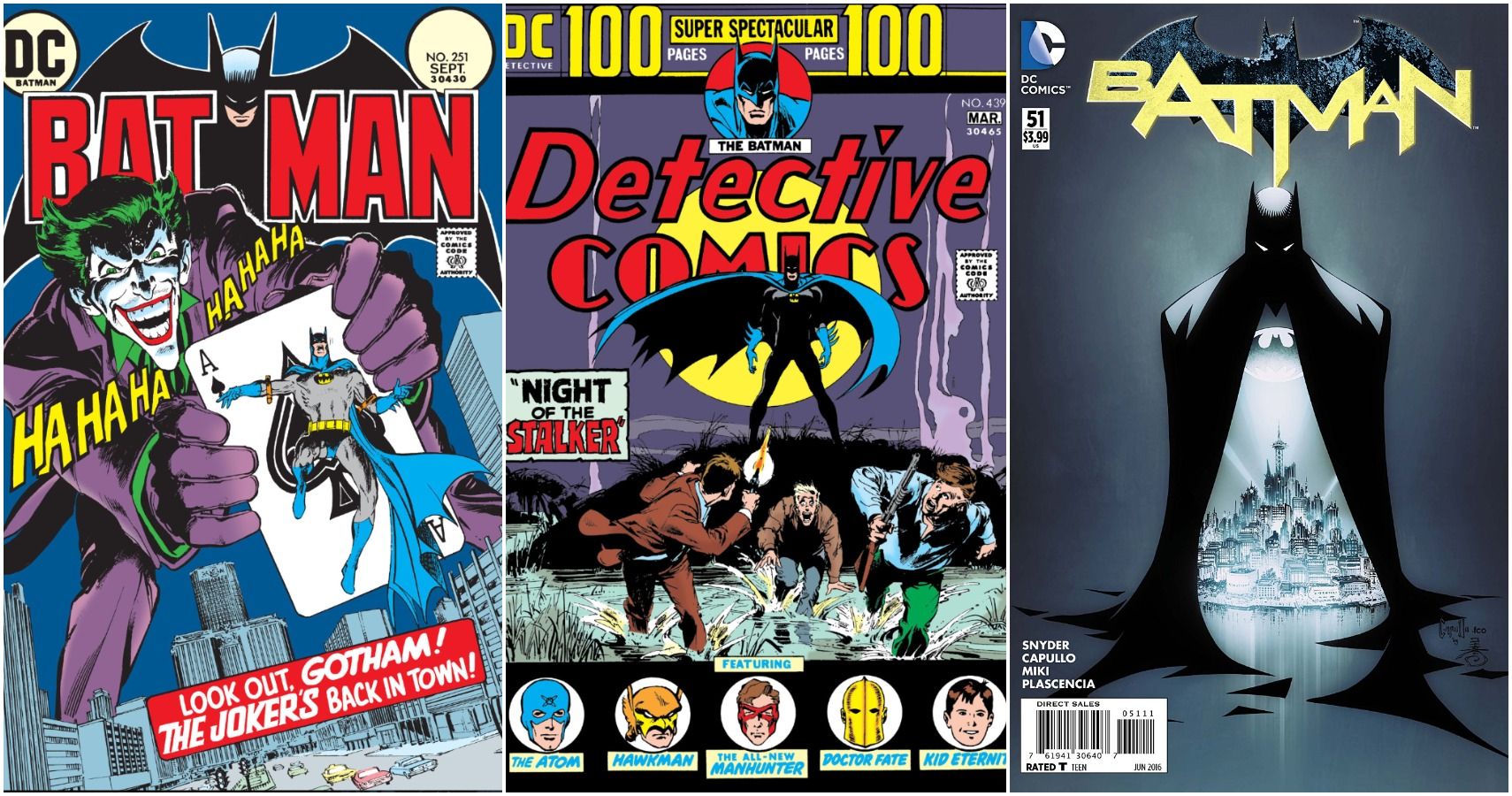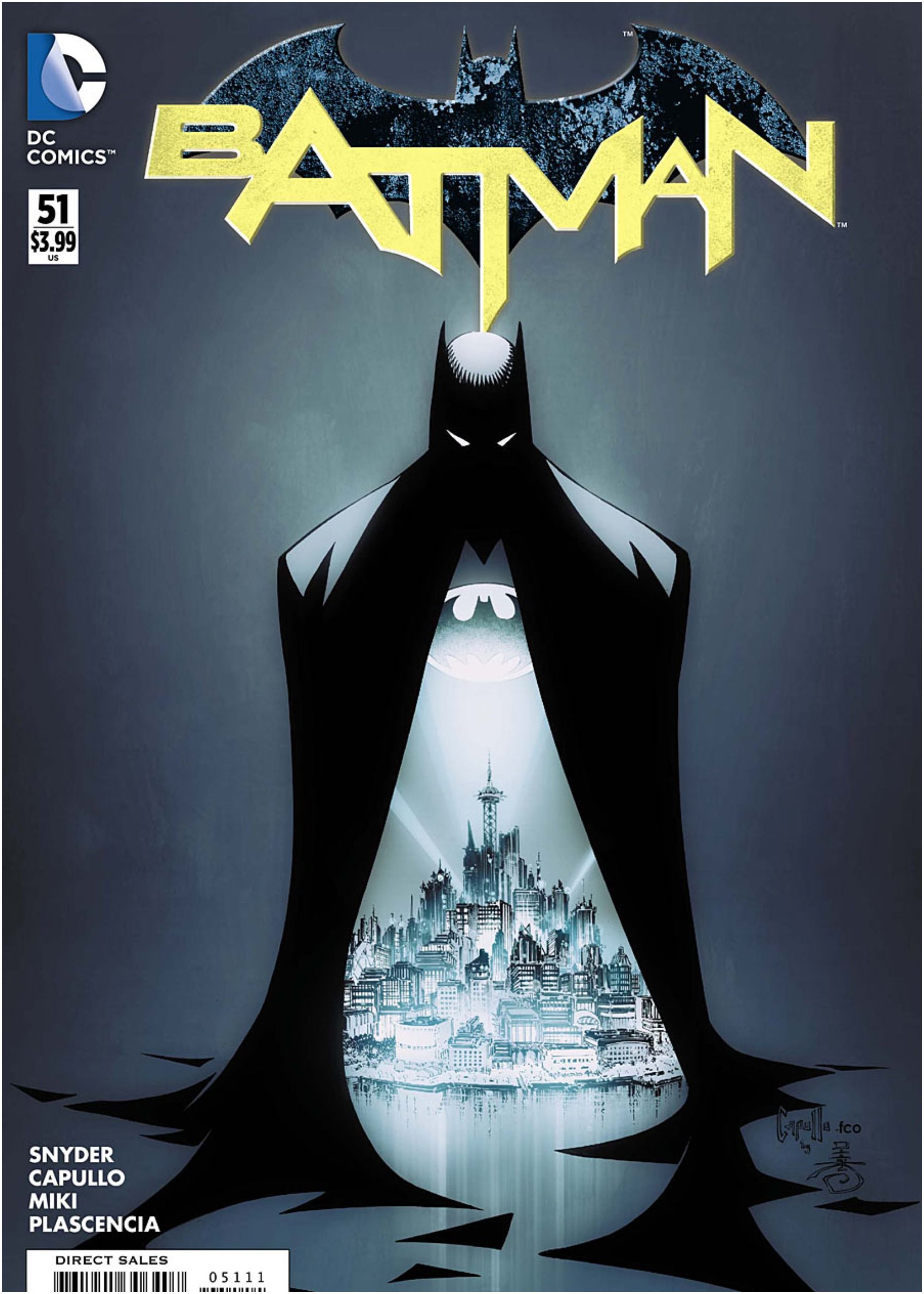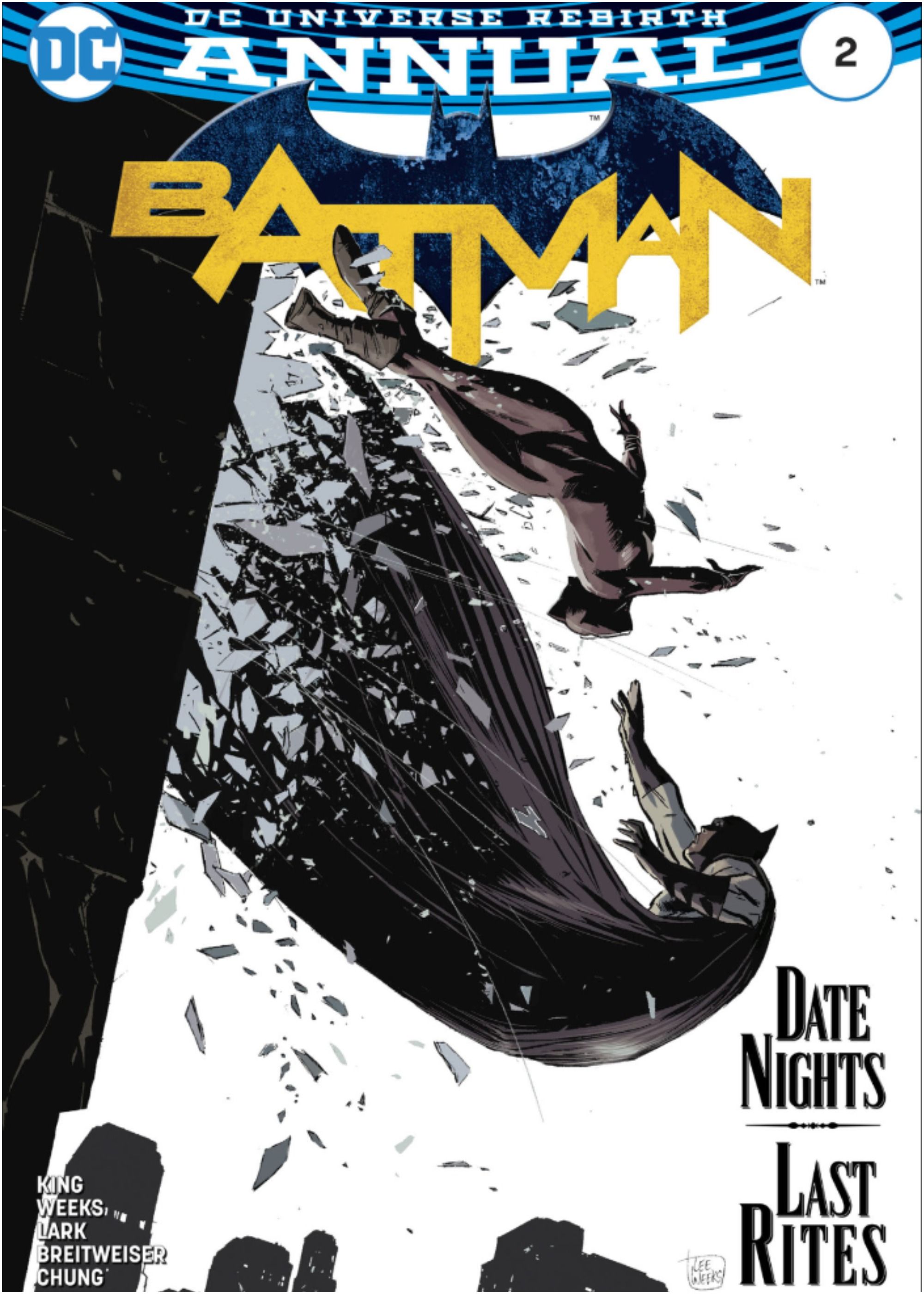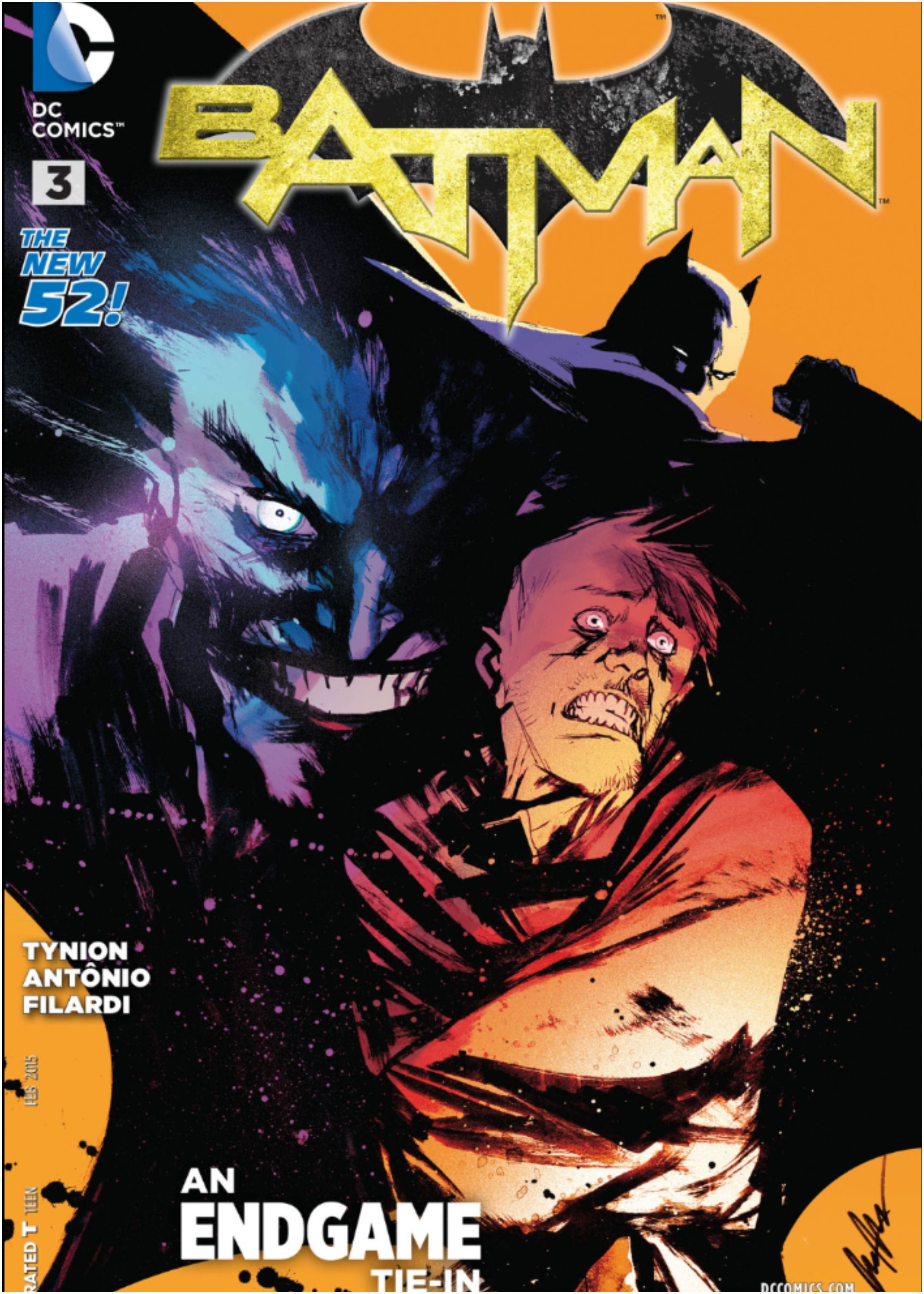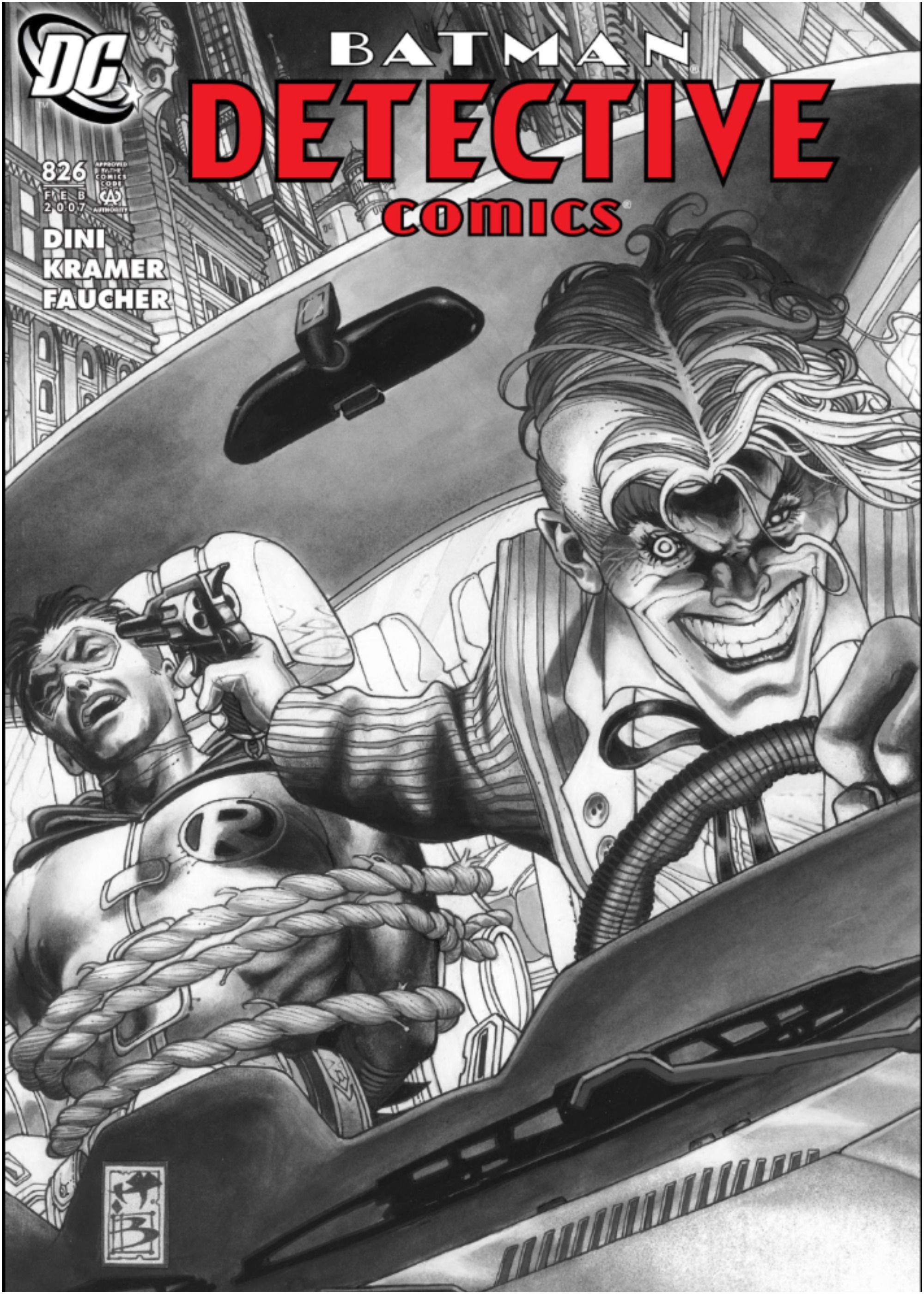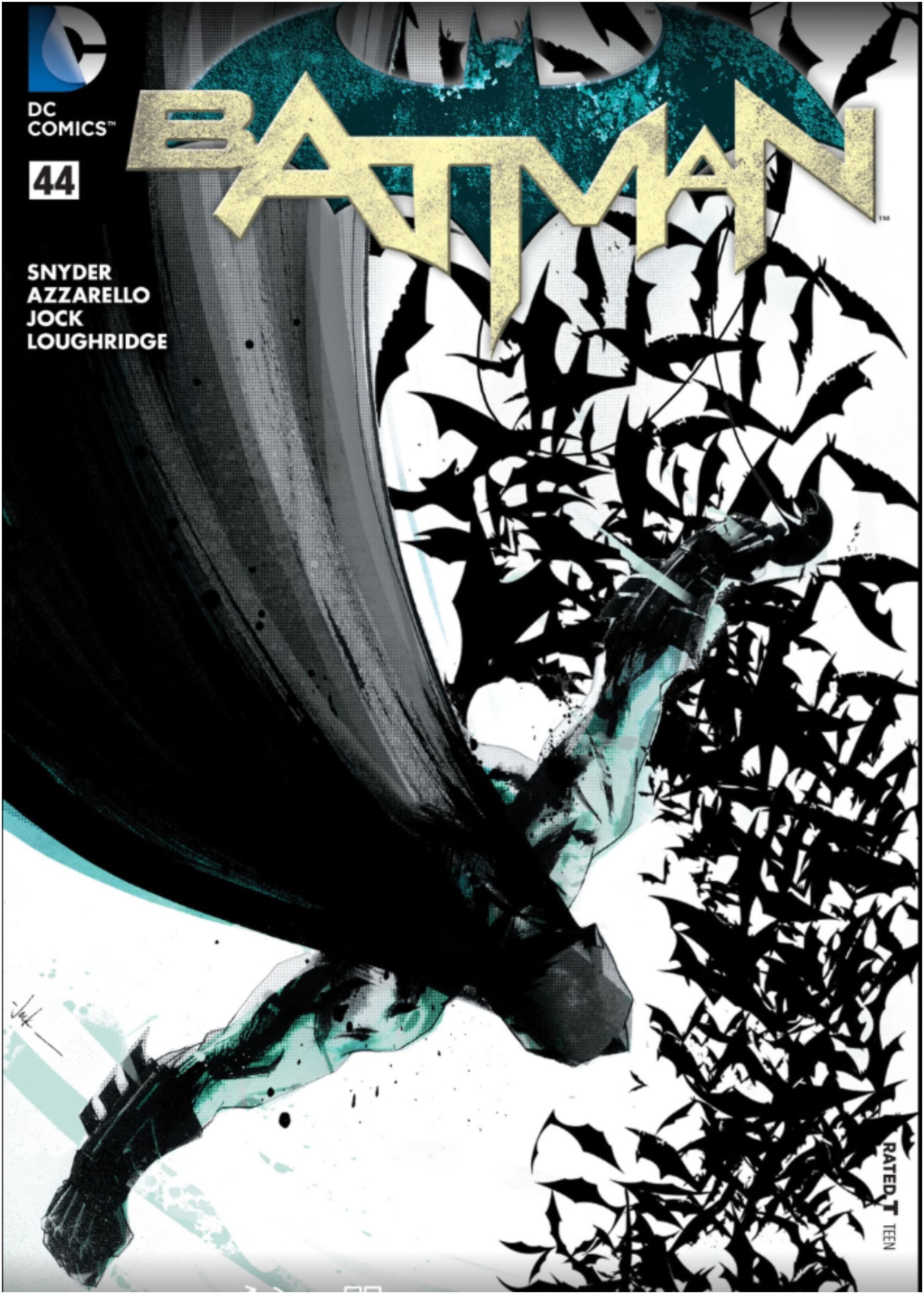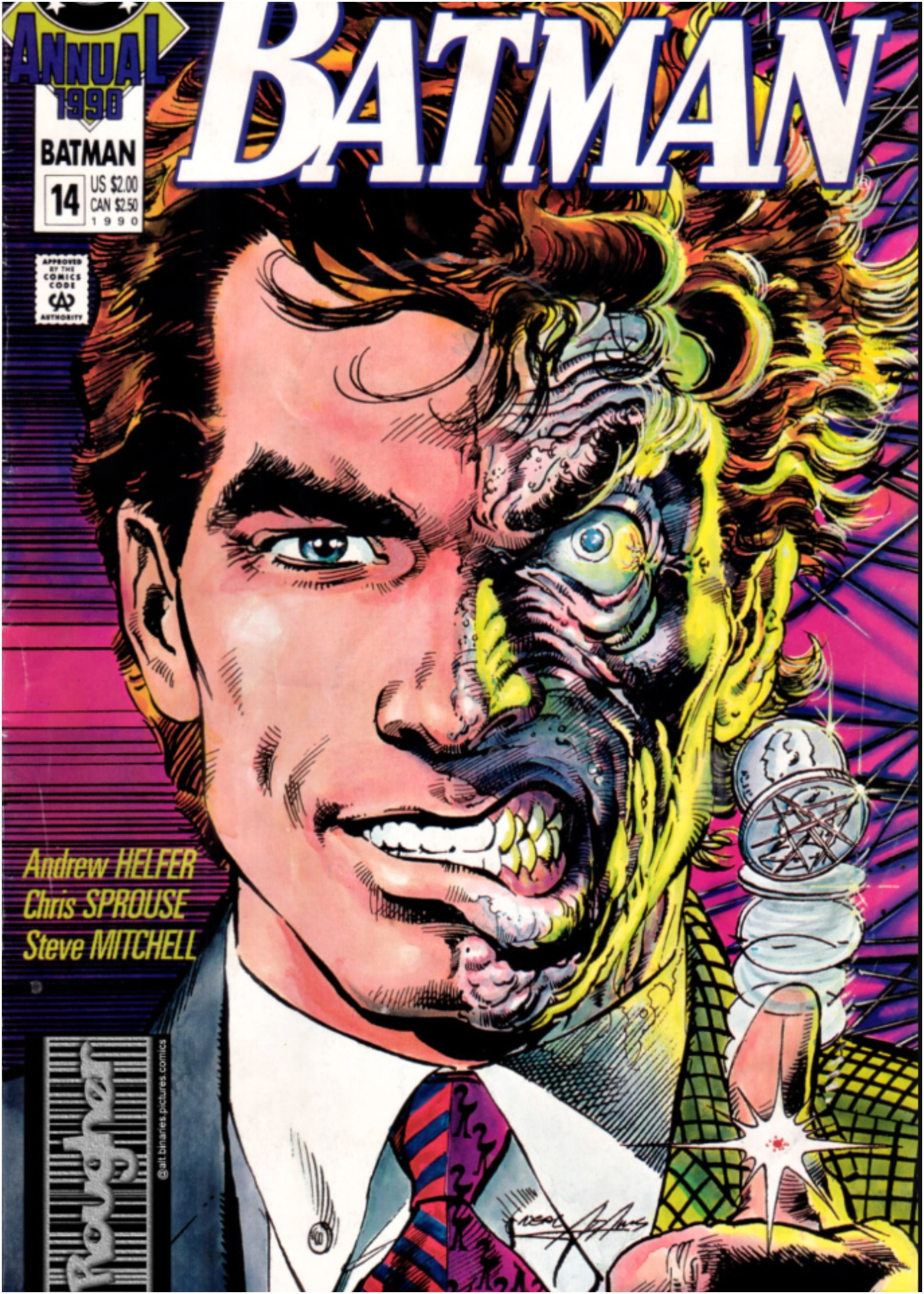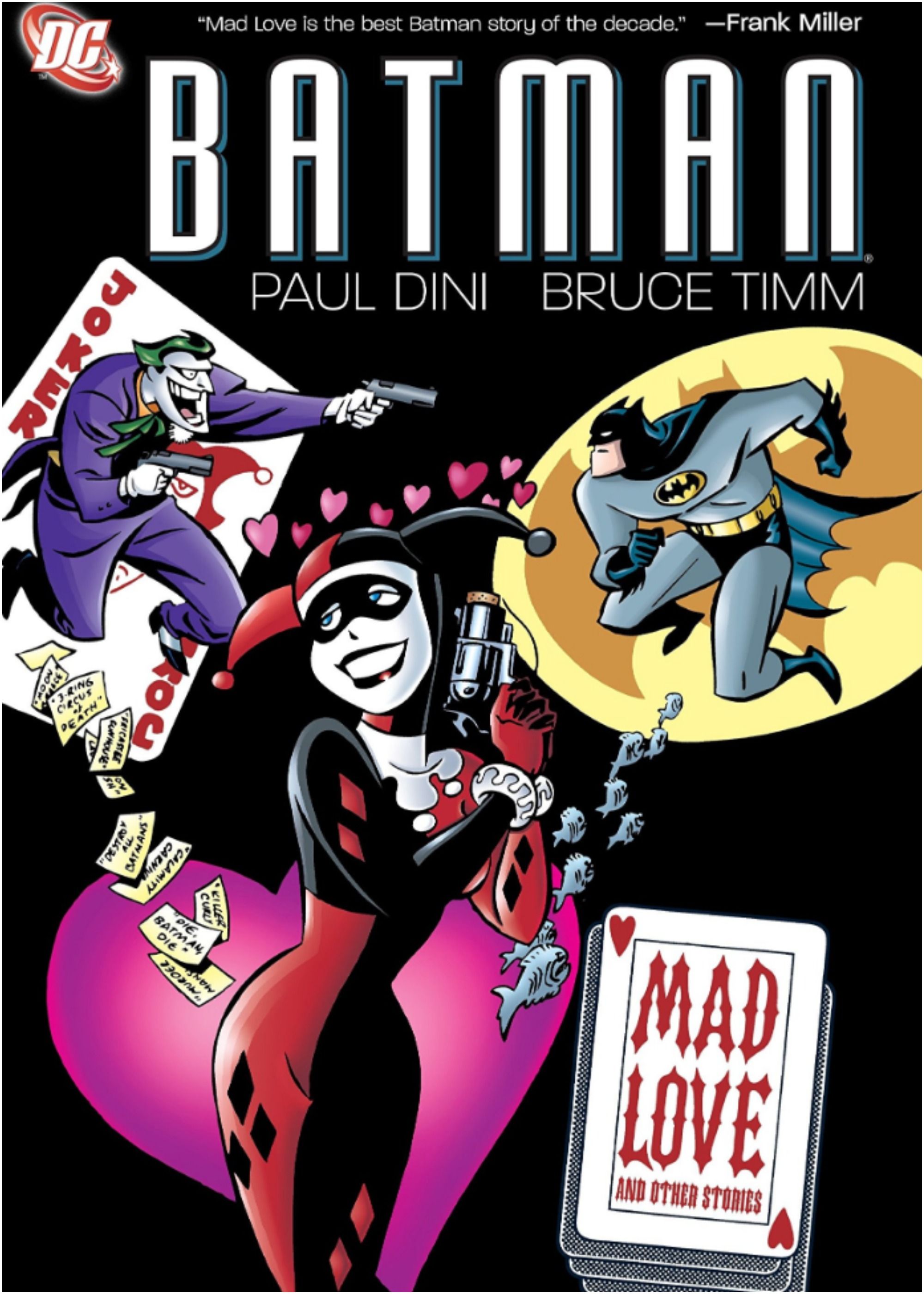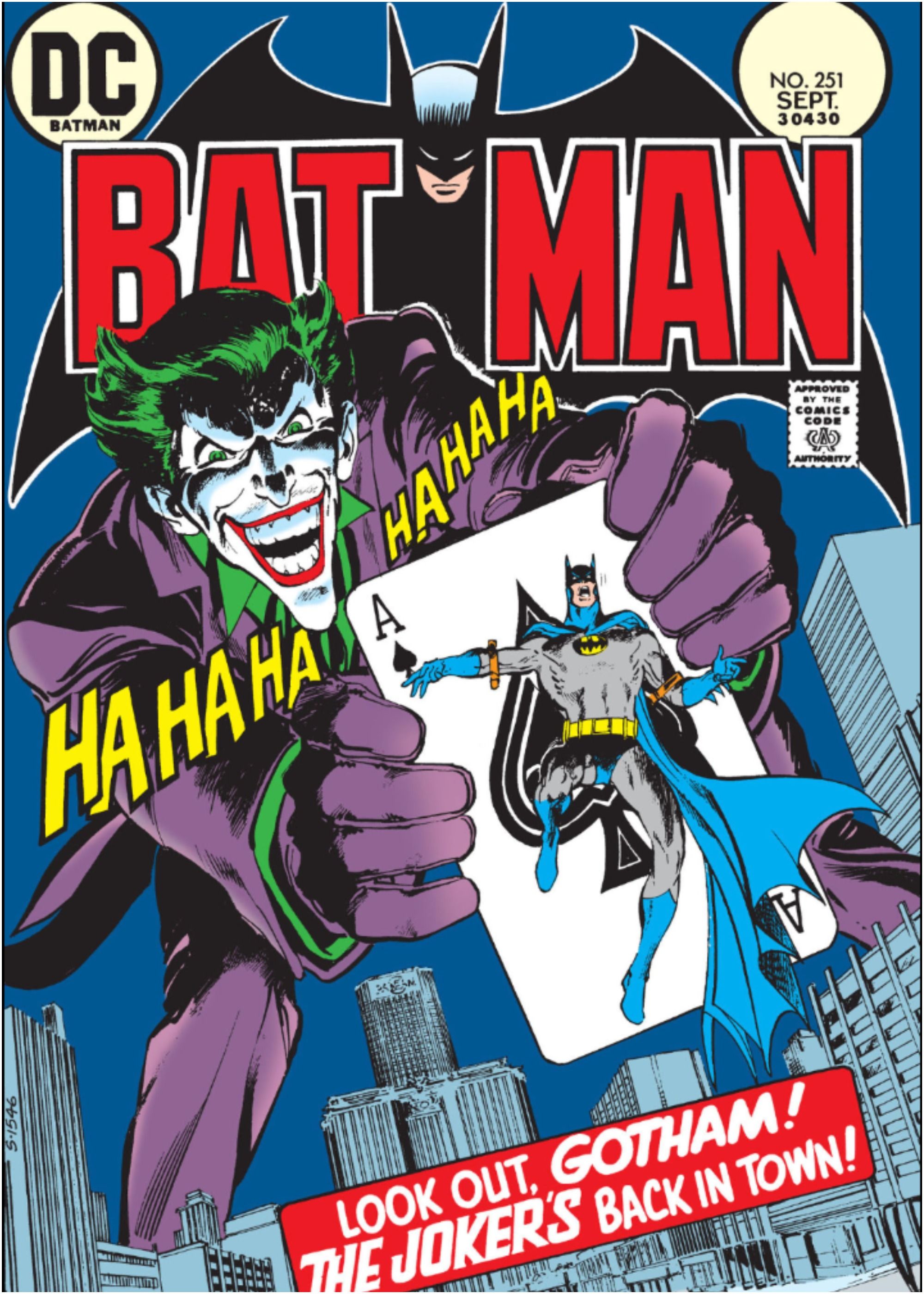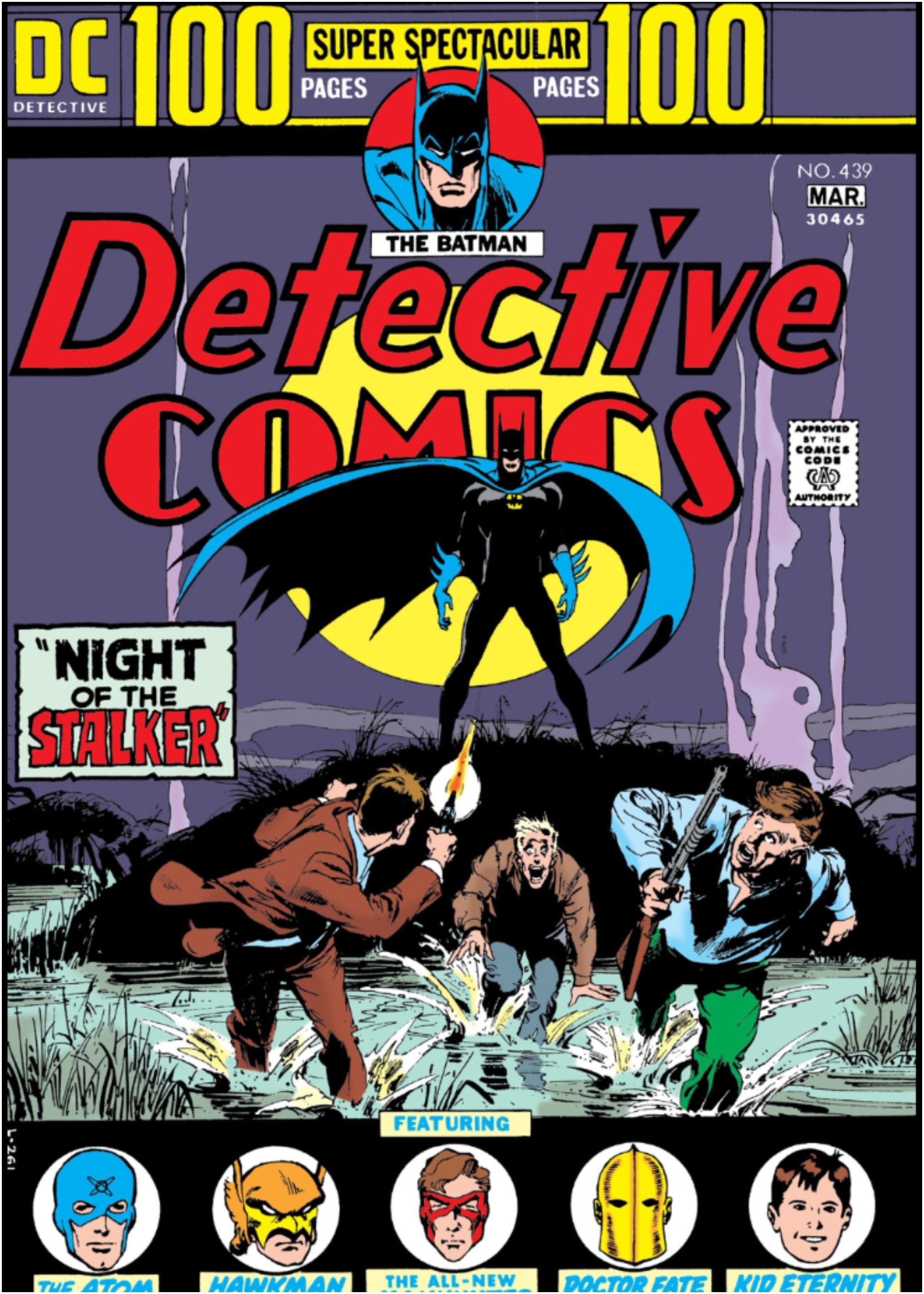Comic books today are written with the collected editions in mind. The cost vs benefits of this approach are similar to the season-long storylines of modern television; serialization often comes at the cost of standalone stories.
There's something to be said for the simple pleasures of a one-and-done comic, so let's look at some of the best single-issue tales of DC Comics' most popular hero: Batman.
10 "Gotham Is" (Batman Vol. 2 #51)
"Gotham Is," the epilogue to Scott Snyder & Greg Capullo's run on Batman, zeroes in on the run's themes, from Gotham as an almost living entity to Batman bringing hope - and despite the city suffering a blackout complemented by shadow-infused art, the story is uplifting. The narrator is a former gang member who, after being caught by Batman, turned his life around and became a columnist at the Gotham City Gazette; the narration is framed as the latest “Gotham Is” column, wherein citizens send in letters describing what Gotham City means; the letters have become progressively more optimistic since Batman's arrival, and the story ends with a reminder that as long as Gotham City stands, Batman will be watching over it.
9 "Some Of These Days" (Batman Annual Vol. 3 #2)
Superhero comics are allergic to closure, which is why stories wherein characters age and achieve conclusion are always so tantalizing. In this particular case, Batman and Catwoman get the ending that they'll never receive in the mainstream DC continuity, accompanied by all the good and bad that comes with growing old together. Tom King's run on Batman may well be one of the most divisive in the comic's publication, but most fans can at least agree this story was a highlight.
8 "Mortal Clay" (Batman Annual #11)
Alan Moore wrote three Batman stories; "The Killing Joke" is inarguably the most famous, but the acclaimed author, regretful of that story's ushering in of comics' Dark Age, has cited a preference for "Mortal Clay." Published in Batman Annual #11, "Mortal Clay" is told from the POV of Clayface/Preston Payne after he falls in love with department store mannequin “Helena.”
Moore injects this absurd premise with undeserving pathos, telling a story of marriage and male insecurity, and in particular how the latter often inevitably undermines the former.
7 "Friends" (Batman Annual Vol. 2 #3)
James Tynion's “Friends” has a similar premise as classic Batman: The Animated Series episode “Joker’s Favor,” but spins familiar yarn into a full-blown horror story. After journalist Thomas Blackcrow publishes a profile on the Joker, "The Loneliest Clown In Gotham," the Joker, who took note of the article's thesis (that being he has no friends), decides to rectify things by making Blackcrow into his BFF. As Batman could attest, the line between being the Joker’s enemy and his friend is a very fine one, but neither is an enviable position.
6 "Slayride" (Detective Comics #826)
In "Slayride," Tim Drake spends his Christmas with unwanted company after the Joker abducts him. Bound in a passenger seat as the Joker drives aimlessly around Gotham, Tim tries to escape before his time runs out. Few writers understand the Joker better than Paul Dini; he writes the villain with the perfect blend of humor and sadism coupled with awareness of the villain's immortality. Batman acknowledges in the story's final scene that Tim managing to escape the Joker despite knowing he'll be back is as close to a victory as the heroes can hope for.
5 "A Simple Case" (Batman Vol. 2 #44)
“A Simple Case” flashes back to a mystery from Bruce’s early days as Batman, tying in with “Superheavy," but functioning as a stand-alone. Frank Miller’s Gotham, a gang-infested hellhole right out of Death Wish, has become standard, but is a product of the 1980s. In “A Simple Case,” Scott Snyder incorporates modern social consciousness by shining light on urban crime’s roots, i.e. institutionalized racism in the form of housing insecurity, police brutality, etc. Batman realizes that the solution to these problems is a helping hand more so than a closed fist.
For this issue, Capullo ceded duties to Jock, whose sharper pencilings fit the mood of the story like a glove, while his motif of fitting newspaper clippings into the issue’s panels adds to the social relevance, culminating in a gorgeous splash page where text is interwoven into the Gotham skyline.
4 "Eye Of The Beholder" (Batman Annual #14)
"Eye of the Beholder" reimagined the origin of Two-Face, offering background on his coin-flipping compulsion; as a child, Harvey Dent suffered under an abusive father, who would flip a coin to decide whether to beat the boy (heads) or spare him (tails). Unfortunately for young Harvey, the coin was double-headed. While overshadowed in depicting Dent's fall by "The Long Halloween," "Eye of the Beholder" stands as an underrated gem which injects tragedy and psychological complexity into a character who lends himself to a mere gimmick.
3 "Mad Love" (The Batman Adventures: Mad Love)
This Eisner-winning one-shot (later adapted into a BTAS episode) transformed Harley Quinn from merely an entertainingly quirky minion of the Joker's into one of the most layered villains in the DC canon."Mad Love" reveals Harley's beginnings as an Arkham intern before she was seduced by the Joker. Years later, she enacts one of his plans to kill Batman, hoping that with the Dark Knight gone, her beloved will finally reciprocate her feelings. "Mad Love" is a story about an abusive relationship, and it handles this delicate subject matter with the utmost maturity, never glamorizing Harley's treatment by the Joker.
2 "The Joker's Five-Way Revenge" (Batman #251)
Writer Dennis O'Neil & artist Neal Adams produced many Batman classics together, from the Ra's Al Ghul saga to one-offs like "The Demon Of Gothos Mansion" and "Night Of The Reaper." "The Joker's Five-Way Revenge" earns top prize, however, for redefining the Clown Prince of Crime in addition to being an incredibly exciting "race against the clock" story.
After the Joker escapes incarceration, he sets to avenge himself upon his former henchmen, one of whom betrayed him; he doesn't know which, so he's decided to kill all five and let the Devil sort them out. From the opening narration, "Wetness streams from clouds like tears of mourning! It as though nature itself were weeping! And well it might, for there is death abroad tonight!” readers know that this isn't the harmless Silver Age Joker, nor was it ever again.
1 "Night Of The Stalker" (Detective Comics #439)
After Batman witnesses a couple gunned down in front of their son, he pursues the killers to the outskirts of Gotham, retaining an eerie silence throughout the tale. Still, this mere 15-page story manages to capture Batman’s ethos like no other - particularly in the final scene, when after returning home, Bruce Wayne cries tears mourning the young boy orphaned hours ago and the one orphaned more than two decades ago. While Steve Englehart's collaboration with Marshall Rogers, "Strange Apparitions" (Detective Comics #469-476), is more famous, "Night Of The Stalker" stands as one of the best Batman stories despite its brevity.

